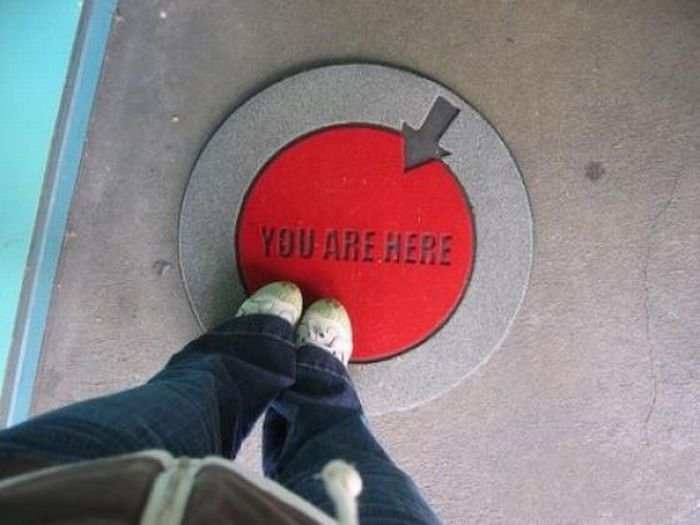House Entrance Doormat
|
a bar mat (not beermat) is a rectangular piece rubber or toweling material that is used to protect the counter top and/or soak up spilt drinks in a bar or pub.
Matting or Floor Covering or Rugs is a general term embracing many coarse woven or plaited fibrous materials used for covering floors or furniture, for hanging as screens, for wrapping up heavy merchandise and for other miscellaneous purposes. In the United Kingdom, under the name "coir" matting, a large amount a coarse kind carpet is made from coconut fibre; and the same material, as well as strips cane, Manila hemp, various grasses and rushes, is largely employed in various forms for making doormats. Large quantities the coconut fibre are woven in heavy looms, then cut up into various sizes, and finally bound round the edges by a kind rope made from the same material. The mats may be one colour only, or they may be made different colours and in different designs. Sometimes the names institutions are introduced into the mats. Due to the Silky nature and tensile strength, Jute Mats or Mattings have started being used as Floor covering or Doormats, runners and in different forms. Jute floor coverings consist woven and tufted and piled carpets. Jute Mats and mattings starting from 1 mtr width to 6 mts width and continuous length are easily being woven in Southern parts India, in solid and fancy shades, and in different weaves like, Boucle, Panama, Herringbone, etc. Jute Mats & Rugs are made both through Powerloom & Handloom, in large volume from Kerala, India. Indian Jute Mattings / Rugs are being widely used in USA and European countries, due to its st nature. Jute can be easily bleached, colored or printed, similar to textile fibres, with eco-friendly dyes & chemicals. Hand-knotted Jute carpets & mattings are also being made from Kerala, India.
Another type mat is made exclusively from the above-mentioned coir rope by arranging alternate layers in sinuous and straight paths, and then stitching the parts together. It is also largely used for the outer covering ships' fenders. Perforated and otherwise prepared rubber, as well as wire-woven material, are also largely utilized for door and floor mats. Matting various kinds is very extensively employed throughout India for floor coverings, the bottoms bedsteads, fans and fly-flaps, etc.; and a considerable export trade in such manufactures is carried on. The materials used are numerous; but the principal substances are straw, the bulrushes Typha elephantina and Typha angustifolia, leaves the date palm (Phoenix sylvestris), the dwarf palm (Chamaerops Ritchiana), the Palmyra palm (Borassus flabelliformis), the coconut palm (Cocos nucifera) and the screw pine (Pandanus odoratissimus), the munja or munj grass (Saccharum Munja) and allied grasses, and the mat grasses Cyperus textilis and Cyperus Pangorei, from the last which the well-known Palghat mats the Madras Presidency are made. Many these Indian grass-mats are admirable examples elegant design, and the colours in which they are woven are rich, harmonious and effective in the highest degree. Several useful household articles are made from the different kinds grasses. The grasses are dyed in all shades and plaited to form attractive designs suitable for the purposes to which they are to be applied. This class work obtains in India, Japan and other Eastern countries. Vast quantities coarse matting used for packing furniture, heavy and coarse goods, flax and other plants, etc., are made in Russia from the bast or inner bark the lime tree. This industry centres in the great forest governments Viatka, Nizhniy-Novgorod, Kostroma, Kazan, Perm and Simbirsk.
|
|









